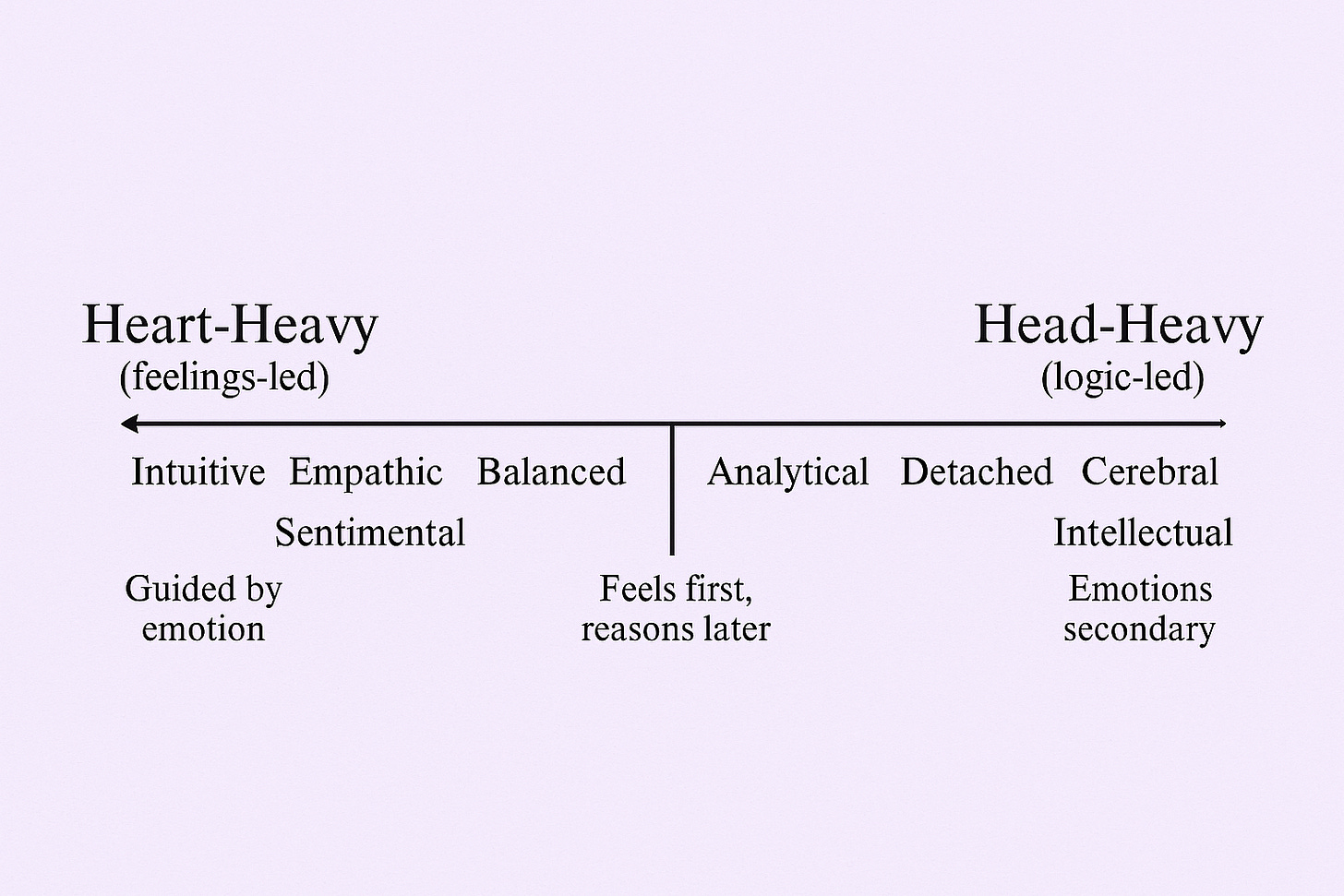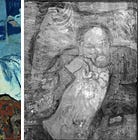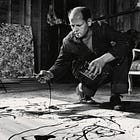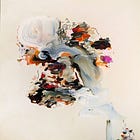heart and mind
“Never again!” commanded his will. “Again! Tomorrow!” begged his heart. (Narcissus and Goldmund, Herman Hesse)
Most of us are driven by this internal division between heart and mind. I often return to this concept that people fall somewhere on the spectrum of heart-heavy versus head-heavy. This dictates much of reality that materializes around them.
Heart-heavy people are very instinctive, driven by an eagerness or compulsion to follow emotion, fullness of expression, at the expense of stability. They tend to fall headfirst in love, quit their jobs to seek passion, constantly drive toward decisions on the basis of feeling. Sometimes, this risks legibility and status. On the other hand, to be head-heavy is to be highly practical, rationalist minded, navigate the world in a cerebral fashion. They tend to chart legible paths, obsess over pros and cons, crave certainty and almost-perfect information before deciding. Which one are you? If you read this newsletter regularly, I might take a guess.
The journey for me, at least, has been the attempt to shift from living in my mind to leaning into my heart, body, and soul.
On our walk on the Embarcadero, B reminds me that sometimes I think you forget the body has intelligence too. And it does. The body reveals. I’m prone to mania, exhaustion, a propulsion toward the world. But it’s a fundamentally heady pursuit. A pursuit of more information. I rationalize why this or that, why this timing or not. I agonize and overthink. To lose fidelity, or granularity, is to lose clarity. Ultimately this wrangling proves useless time and time again. Repeatedly, stubbornly, the heart will feel what the heart will feel. The world is not sterile. It will always produce uncertainty, and thus emergence: light, heat, complication, and sometimes if you’re lucky, unbelievable beauty. All of this arises from a tolerance of mystery, a careful attention to what unfolds rather than premeditation.
Related, there are three books from the German author, Herman Hesse, that I’ve been stewing on: Siddartha, Steppenwolf, and Narcissus and Goldmund. The common thread through the set is the topic of internal division, the desire to reconcile the different parts of ourselves. The monastic and spiritual, the playful and thrill seeking side, the saint, the sinner.
In Narcissus and Goldmund, this division is literally exemplified into two opposing characters. Narcissus, an ascetic monk, and Goldmund, a romantic, soulful, youth. One man journeys out into the world: seeking, seeking, seeking, and the other man stays wrapped up in the high tower of reason, intellect and piousness. Yet the novel is not moralistic, presenting both ways of navigating the world as deeply spiritual. I believe what it signifies is that each life requires some cost. And we are incomplete if we neglect either heart or mind, torn between our internal contradictions:
All existence seemed to be based on duality, on contrast. Either one was a wanderer or a sedentary burgher, either a thinking person or a feeling person. No one could breathe in at the same time as he breathed out… experience freedom as well as order, combine instinct and mind. One always had to pay for the one with the loss of the other, and one thing was always just as important and desirable as the other.
It is a very long, complex, inward spiral to close the gap toward the center. Process the information dense world, yet to live deeply within it with a carefree disposition. Form rings of experience around your heart, but don’t allow them to harden and ossify. Think like an adult, with maturity, grace, and yet keep your palms open, with the innocence and playfulness of a child. I remind myself often: even if you mapped out the whole world, precision would still yield to wonder. You can pursue the weight of knowledge, and still move lightly, be full of light.
A short reflection today, rather than a full post. I’ve been trying to thread the delicate balance of workshopping a piece versus just allowing words to flow. I am leaning toward the latter these days.
You might like the other essays on this topic ꩜ or my latest writing:
Books
Other than Narcissus and Goldmund which I gave 5 stars on Goodreads, I read Audition by Katie Kitamura, and loved her talk at Green Apple in SF (you can watch it on youtube). There are such great literature events in SF lately, including some at Booksmith (e.g., Alex Dimitrov discussing his new poetry collection, Ecstasy). If you’d like to go to events together, I can create a substack chat. Let me know in the comments or via email (startingfromnix@gmail.com).
Events and Life in SF
I spontaneously went to Toby Shorin’s Forms of Life, The Center, at Baukunst in the Mission with S, that “explores the evolving role of physical spaces in community, spirituality, and the future.” From Toby’s writing, two particular pieces are incredibly timely and top of mind: prototyping social forms of care, and the loneliness apparatus. I loved this part he references from Christopher Alexander’s theory of the center:
Christopher Alexander articulated 253 timeless patterns that combine to create environments of human belonging. At their core is Alexander’s notion of centers: spatial elements that create coherence through recursive relationships with other centers.
For Alexander, centers have cosmological importance. They embody his belief that physical structures participate in a universal field, connecting form to eternal patterns of living order. In community spaces, centers manifest as both physical features and social elements like leadership, together producing environments of palpable aliveness
Otherwise, I’ve been doing neighborhood explorations with friends & finding the best spots for a drink, a bite, and conversation. I’ve had girls nights at The Stoa (warm, dim, good for a date at the bar if that’s your thing. Not great for big groups), Peacekeeper (open concept, if you like to play pool + nice 2nd upper level), Key Klub (red themed, vibey, fun, lively), and Bar Iris (great japanese cocktails, dark, intimate) recently. I’ve been using The Infatuation SF for discovery.
Music
Back by popular demand (shoutout to the tennis group chat request):
French song of the week!
and I’m obsessed with Selena x The Marias song, Ojos Tristes:










It isn't quite possible to even acknowledge the beauty and wonder in the flow of your words, though I feel like while words fail, the meaning lies in the act of trying to pay homage. I enjoy how impossibly dense and slim your writing is. As I read your article, line after line, it feels like the clouds part way for the sky to reveal its deep blue hue. Each line, acting as a layer of meaning, has at least three different facets of interpretation.
See, how cruel the whites are: their lips are thin, their noses sharp, their faces furrowed and distorted by holes. Their eyes have a staring expression. They are always seeking something. What are they seeking? The whites always want something, they are always uneasy and restless. We do not know what they want, we do not understand them, we think that they are mad.” I asked him why he thought the whites were all mad. “They say they think with their heads,” he replied.
“Why, of course. What do you think with?” I asked him in surprise.
“We think here,” he said, indicating his heart.
C.G. Jung, Memories, Dreams,